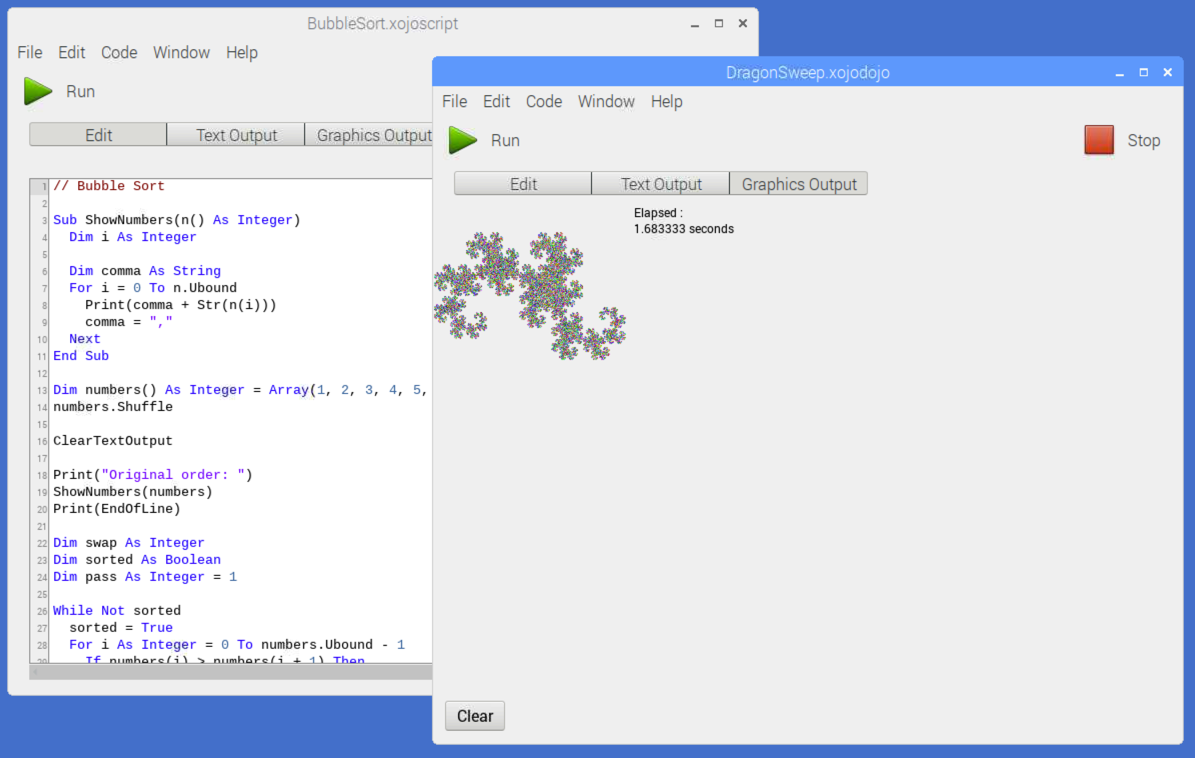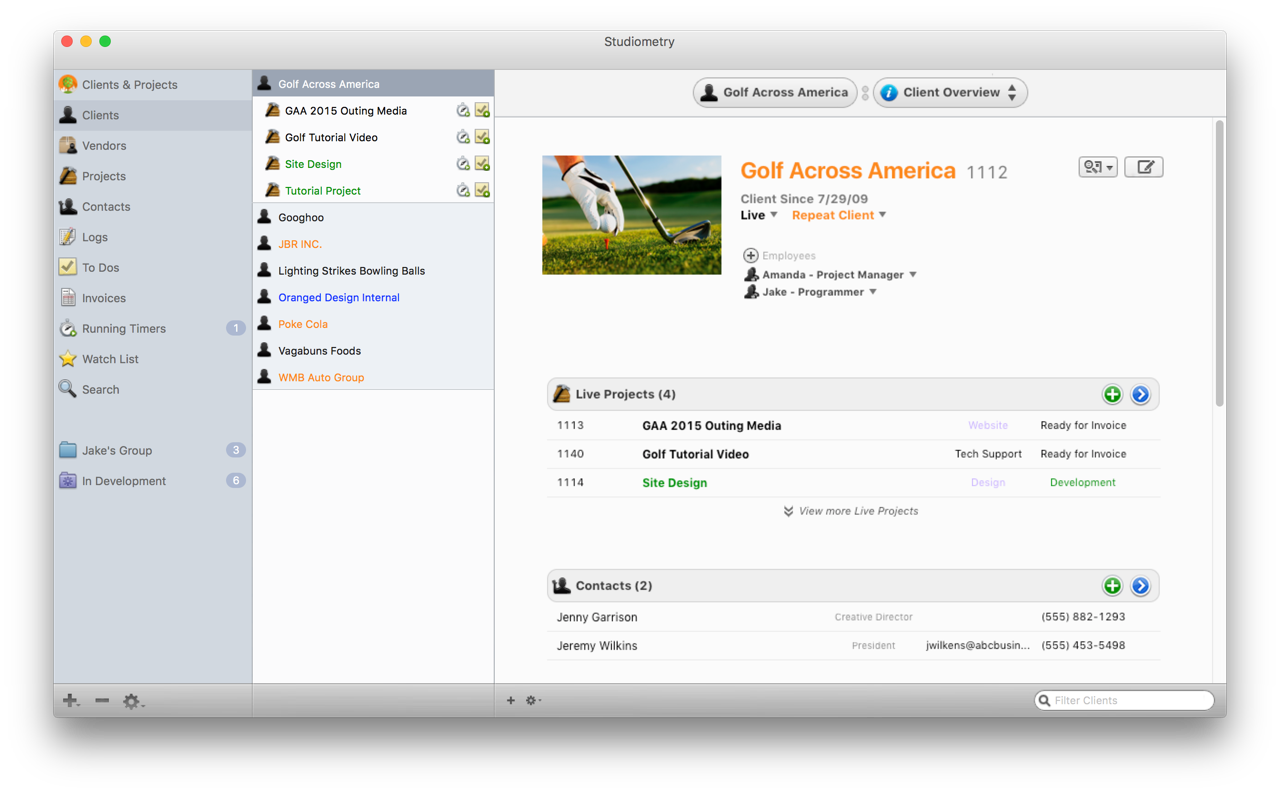

In an ideal world, this would end up commercial in the sense that it would be support software for instruments I make. So, does anyone have suggestions, tricks, etc, about how to work in such an environment? Are there ways to minimize the install footprint? At this point, my R skills are pretty minimal so lets not dig into the darkest corners, quite yet! If the GUI needs to manage plotting (scrolling, zooming, selections of displayed data, etc), I guess that the GUI needs to read that data from a script output file rather than somehow use shared memory. But, then, there are questions about how the GUI might know about errors or when the R script is finished (can you tell that from the command line?). I know that I can write things to a text file that the R script then reads. If that is the case, then at least one question is about how to exchange information between the two.

But, I have read that an R script can be run from the command line. I understand that there is no practical way to make an R-based executable. I would like to try using an R script behind the scenes in a XOJO desktop application.


 0 kommentar(er)
0 kommentar(er)
